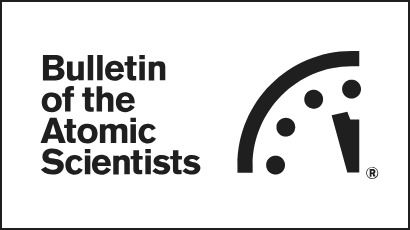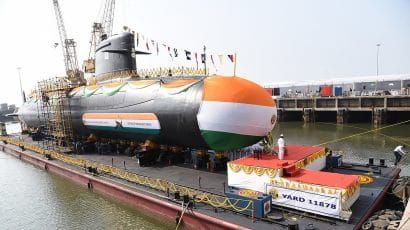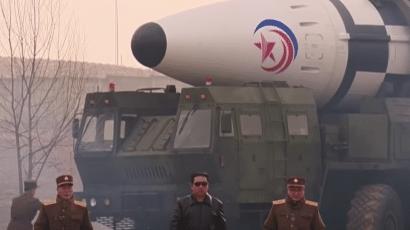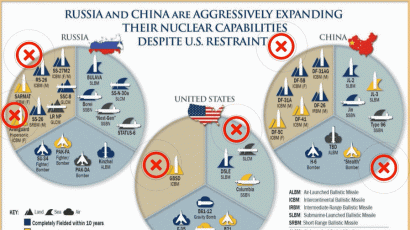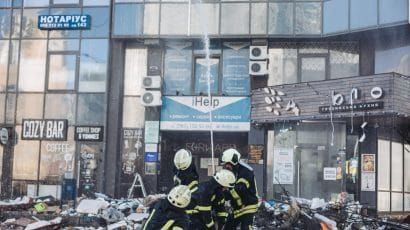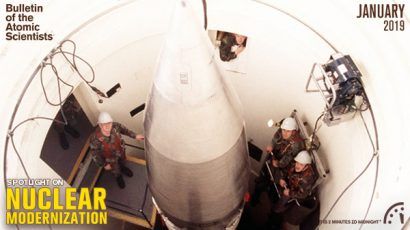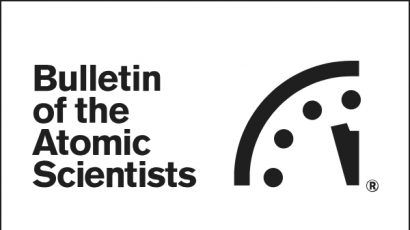Search results for nuclear notebook
A report card on the Trump administration’s approach to existential threats
Regardless of who occupies the White House, the most difficult challenges that the United States and other governments around the world face are dealt with over time spans counted in years, and often decades. Yet, each year of a US presidency contributes to crucial global action that cannot be squandered or reversed if nations … Continued
India is building nuclear submarines and ICBMs. That’s a $14 billion mistake.
India is pursuing nuclear-armed submarines and ICBMs. It could save money, bolster its global image, and still credibly deter its rivals by doubling down on its existing missile forces instead.
Nagasaki — 71 years later
Today, 71 years later, the world remembers one of the most lethal bomb attacks in world history. In the immediate aftermath of the atomic blast at Nagasaki, anywhere from 45,000 to 75,000 lives were lost.
In many ways, Nagasaki is a more realistic – and thus alarming – case study of what a modern nuclear strike might look like. Hiroshima was considered an ideal military target: a medium-size population center that had been untouched by conventional weapons with a sizable troop concentration. Nagasaki, on the other hand, had no major troop concentration. It did have the Mitsubishi industrial complex, but the main reason it was chosen as the target that day was because the primary target – Kyushu – had poor visibility. Nagasaki’s hilly geography, unsuited for a nuclear strike but suitable for surviving one, accounted for the minor difference in the loss of life between the two blasts.
Thinking creatively about the North Korean stalemate
We all know the saying that you can't be a little bit pregnant--either you are or you aren't. According to Henry Kissinger, getting nuclear weapons is like getting pregnant. In a Washington Post op-ed published on Nagasaki Day, Kissinger wrote, "The root cause of our decade-old controversy with Pyongyang is that there is no middle ground between North Korea being a nuclear-weapons state and a state without nuclear weapons."
What to do about tactical nuclear weapons
Since the United States and Russia might soon sign a new treaty that limits their strategic nuclear weapons, it's natural to wonder about Washington and Moscow's tactical nuclear weapons, which the treaty won't cover. The hope is that the momentum for a nuclear-weapon-free world, the renewed U.S.-Russian negotiations, and the ongoing review of the U.S. nuclear posture and NATO strategic concept will help make progress on reducing nonstrategic nuclear arsenals--an issue that has been largely neglected for more than a decade.
North Korea tests a banned missile—and glamorizes nuclear weapons
North Korea launched what is presumed to be a banned intercontinental ballistic missile on Thursday, marking an “end to its self-imposed moratorium on nuclear and long-range missile testing.”
Special Issue: Trust, but verify
The September/October issue is now available! Over the last year, North Korean nuclear weapons and missile testing have dominated the headlines, as has the precarious status of the Iran nuclear deal. Nuclear weapons are back in the minds of citizens everywhere, along with questions about how arms control and nonproliferation efforts are monitored. In our September/October … Continued
The experts comment: Key nuclear questions that the US presidential candidates should answer
Nuclear policy experts suggest questions that journalists and citizens should ask the 2024 presidential candidates.
The anatomy of a STRATCOM disinfographic
When United States Strategic Command posted an infographic about nuclear weapons on Twitter, the Bulletin took careful note. The graphic is confused—not only about when to use bold typeface, but also about the facts.
The revolutionary increase in the lethality of US nuclear forces
The Bulletin of the Atomic Scientists has published a revelatory new article that describes how the United States nuclear forces modernization program has been mischaracterized to the general public as a reasonable effort to update the safety of US nuclear warheads. The authors, Hans M. Kristensen, Matthew G. McKinzie, and Theodore A. Postol, write that … Continued
Good news in perilous times
Because it is the keeper of the Doomsday Clock, the Bulletin of the Atomic Scientists is occasionally (if quite wrongly) accused of fear-mongering. The magazine, its editors, and its authors could more accurately be charged with hope-mongering.
Ukraine update: Ukrainian forces continue stiff resistance; Putin raises nuclear alert status; Ukrainian and Russian delegations to enter talks
Russia’s war against Ukraine entered its 4th day, with much of the globe rallying behind Ukraine’s strong resistance. Still, President Putin waved a nuclear saber this morning, as the two sides plan talks.
A Bulletin special issue on the ever-rising seas
Explore our deep dive into sea-level rise. What does “average global sea-level rise” mean, and what are the global and regional consequences when all the ice melts on the far-away West Antarctic Ice Sheet?
Special Issue: Nuclear modernization
The January/February issue is available! A worldwide craze of nuclear modernization is proving costly and, in the view of some experts, constitutes a new and dangerous global nuclear arms race. An important new issue of the Bulletin‘s subscription magazine addresses topics critical to the 116th Congress: the astonishing complexities of the US modernization program, its influence on … Continued
A Bulletin special issue on the ever-rising seas
The May/June 2018 Issue: The wages of climate inaction: Ever-rising seas The science behind sea-level rise has long been understood, and a recent study has found that by the year 2300, sea levels will be 8 inches higher for every 5 years that carbon dioxide levels keep rising. Exactly what happens, and when, will be … Continued
The deteriorating US-Russia relationship
On Monday, October 10, Russian President Vladimir Putin withdrew his country from the US-Russia Plutonium Management and Disposition Agreement (PMDA). The PDMA, first signed in 2000 and renewed in 2009, affirmed the intention of each country to dispose of stockpiles of plutonium that could be used to build nuclear warheads. President Putin’s decision to pull … Continued
Bulletin of the Atomic Scientists’ Special Issue: Nuclear Energy in the Middle East
For immediate release: January 15, 2016 Bulletin Media Contact: Janice Sinclaire, [email protected] CHICAGO– January 15, 2016 – The nuclear agreement that Iran and six major world powers signed in 2015 has focused attention on Middle Eastern nuclear politics. But as the Bulletin of the Atomic Scientists’ Executive Editor and Publisher, Rachel Bronson, observes, that deal … Continued
A message to our community
Dear Friends: As the Bulletin’s new Executive Director and Publisher, I cannot think of a more important set of issues than those taken up by our editors, columnists, and contributors.
Local priorities vs. national interests in arms control
While beliefs about national sovereignty and international law matter, when it comes to arms control treaties, ideological considerations rarely trump pork-barrel politics. Would a senator from a state dependent on the nuclear weapons complex oppose an arms control treaty not on the basis of ideology, but because the treaty would mean the loss of jobs or funding in their home state? Absolutely.

